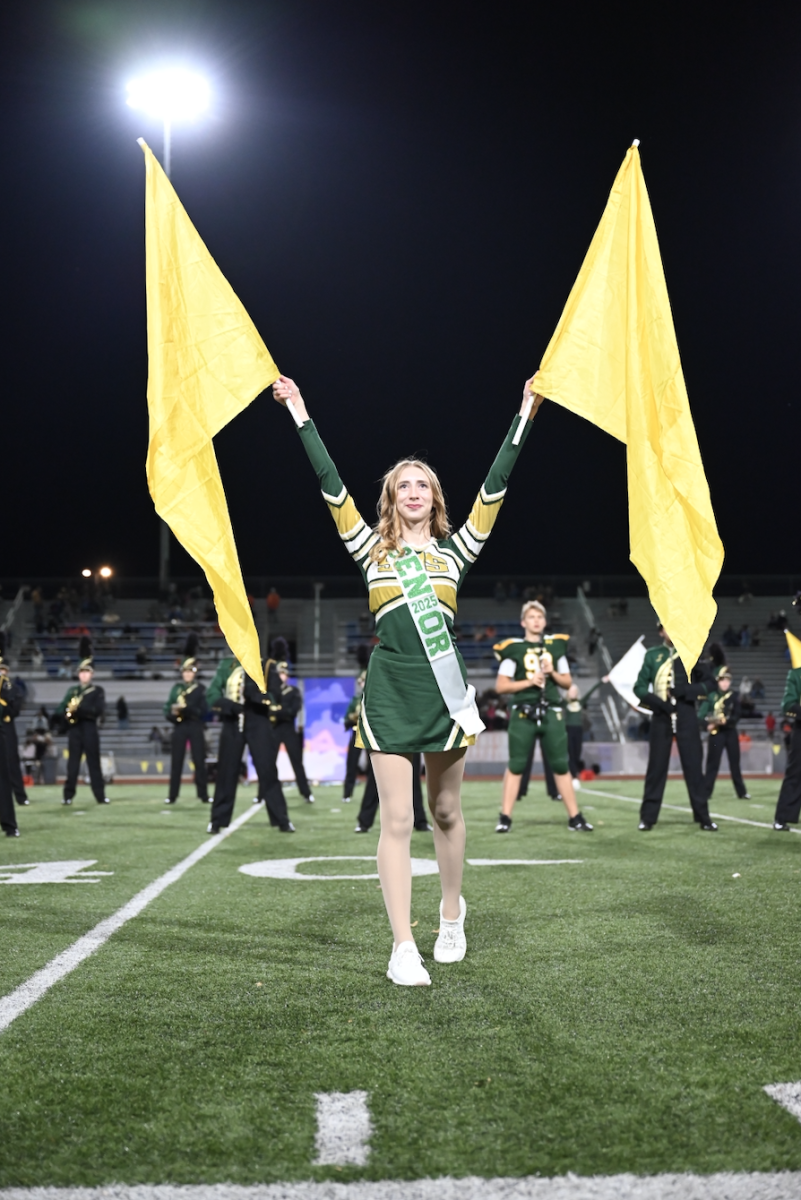In every culture worldwide, there are unique holidays and traditions. Thanksgiving, one of America’s most prominent celebrations, is very distinctive compared to celebrations in other nations. However, it outlines various aspects of American daily life such as the importance of family. Rather than letting each country’s individual differences in cultures and traditions separate them, the common attributes of individualistic traditions can be used to bring them together.
Christmas, for example, is observed in many corners of the world. The holiday is recognized by many here in America, but it is also celebrated in Brazil where foreign exchange students Gabriel Caticha and Fernando Premoli live, and in Germany where foreign exchange students Marie Nientiedt and Marie Seidenberg are from.
All four foreign exchange students celebrate Christmas in their home countries in one way or another. Gabriel Caticha believes that the way that he celebrates Christmas is pretty similar to how many people celebrate it in the US. It’s just missing one little detail.
“It’s summer there,” Gabriel said. “So we don’t make snowmen.”
Every year, Gabriel meets with his family two weeks before Christmas when they dine together and exchange gifts. Then on the actual holiday, many members of his family travel.
Marie Seidenberg celebrates Christmas, her favorite holiday, with her family as well. On Christmas Eve, Marie’s family goes to mass, enjoys singing around the Christmas tree and exchanging gifts, then travels to visit her grandparents a few days later. While Marie appreciates these Christmas traditions, they are not her favorite aspects of the holiday.
“[I like] the atmosphere.” Marie said.
By this she is referring to the music, the decorations, and the children looking forward to presents.
With Christmas music on the radio, holiday lights on houses, toys on sale in the stores, Americans have experienced the Christmas spirit that Marie Seidenberg enjoys so much.
Christmas is also one of Marie Nientiedt’s favorite traditions. For her, the most meaningful part of Christmas is meeting with her family, going to church, then dining together. Marie expects to miss her family while she celebrates Christmas in America, but she looks forward to seeing her sister who will be coming to Kansas to spend the holiday with her.
“[I will] have a part of my family.” Marie said.
Whether it is the Christmas atmosphere or the family angle of the holiday, according to a study by Gallup.com, about 85% of Americans think that Christmas is a good time of the year. The same study shows that even 84% of non-Christians celebrate Christmas in some form.
There is a celebration in Brazil (as well as other parts of the world) has also lost some of its religious elements. It is a five day festival known as Carnaval which was meant to commemorate the death of Christ, but does not necessarily fit that description these days.
“[Carnival] was a religious tradition, but I don’t think it’s recognized by anyone.” Gabriel Caticha said.
Even though it may have lost some of its religious aspects, Gabriel enjoys celebrating Carnaval, as does Fernando Premoli.
In Brazil, Fernando celebrates Carnaval with a visit from his grandfather, a barbecue dinner, and a trip to the mall.
Many families, like Fernando’s, have their own way of celebrating Carnaval. However, some enjoy meeting in large groups to celebrate and dine together.
“People dress up, just like Halloween here, and there’s dancing.” Gabriel said.
Carnaval isn’t the only foreign holiday that has a relationship to Halloween. In Germany on November 11, St. Martin’s Day takes place.
This holiday is based on the story of a man who shared his possessions with poor men. To recognize this him, children roam the streets to collect candy from their neighbors. However, they do not dress up. Instead, they sing songs and walk lambs beside them. There are also plays that take place, all with a common theme of sharing.
After trick-or-treating on Halloween, Marie said that she was reminded of St. Martins Day back in her home country.
So although there are important differences in traditions that make cultures unique, after looking at the similar ways that countries celebrate different traditions and the different ways cultures celebrate similar traditions, one might find enough common aspects to feel at home even if they find themselves halfway around the world!
By Olivia Feathers






